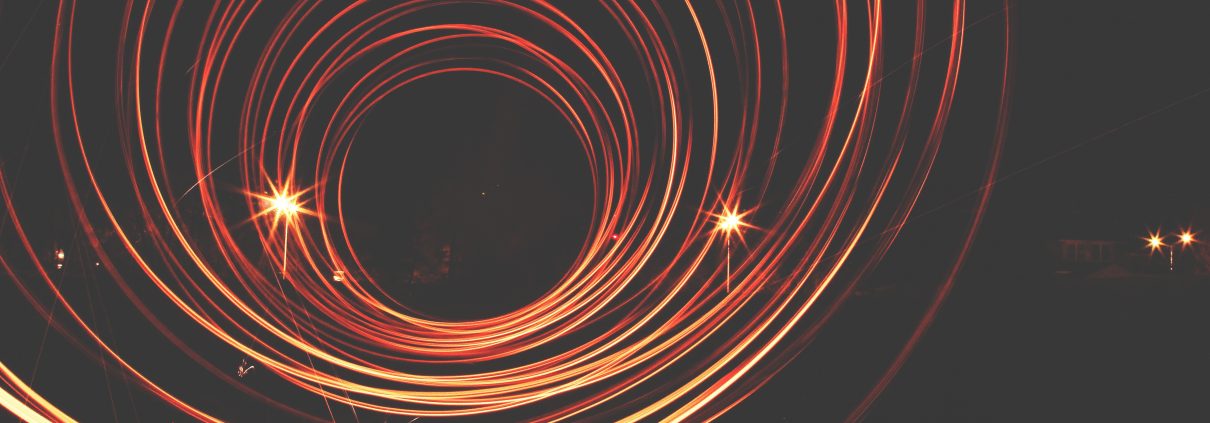Moving Toward a Circular Economy
In the face of volatility and uncertainty across the global economy and signs of resources being depleted, it is time for a new economic model. In the quest for improvement in resource performance across the economy, businesses have started to explore ways to reuse products or their components and restore more of their precious material, energy, and labor inputs. The time is right to take the concept of a “circular economy” into action.
A circular economy is an industrial system that is restorative or regenerative by intention and design. It replaces the “end-of-life” concept with restoration, shifts towards the use of renewable energy, and eliminates the use of toxic chemicals. It aims for the elimination of waste through the superior design of materials, products, systems, and business models.
It is evident that reuse and better design can significantly reduce the material bill and the expense of disposal. Eliminating waste from the industrial chain by reusing materials to the maximum extent possible promises production cost savings and less resource dependence. Economies will benefit from substantial net material savings, mitigation of supply risks, positive multipliers, potential employment benefits, and long-term resilience of the economy.
For the full article, CLICK HERE.



